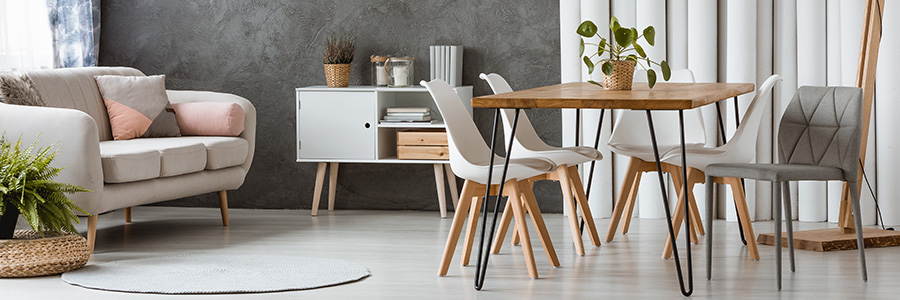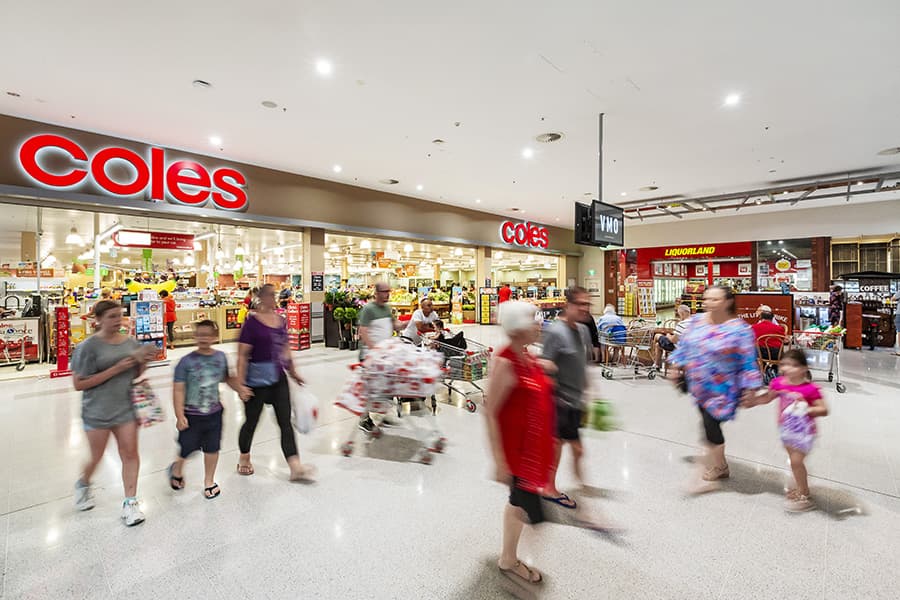The Australian Bureau of Statistics (ABS) has this week revealed that retail sales rose by 2.7% in June, however retail volumes fell by a sharp 3.4% for the June 2020 quarter. A further and significant downturn is imminent as non-essential retail stores close today in one of Australia’s largest states for the retail industry with Melbourne going into stage 4 lockdown. The data also confirms that online sales remain elevated, comprising 9.7% of total retail sales in June compared to 6.1% in June 2019.
NRA CEO Dominique Lamb said that the reintroduction of lockdowns in Victoria, the return of panic buying in parts of the country and general nervousness over a second COVID-19 wave meant that retail would continue to experience a challenging period in the months ahead.
“Although there was a solid rise for the month of June, retail volumes for the quarter went backwards by the biggest amount since the introduction of the GST,” Lamb said.
“It was the first full month that restaurants and clothing stores had been allowed to trade, with many being forced to close in April and May. We expected a pickup in sales for these businesses but turnover for this section of retail is still well below June 2019,” she said.
The strongest growth was recorded for ‘Cafes, restaurants and takeaway food services’ retailing on a month on month basis (27.9%), while ‘Household goods’ retailing recorded the strongest growth on a y-o-y basis (24.5%).
Simon Hemphill, Head of Research at Shopping Centre Council of Australia (SCCA) said: “Food retailing was still the strongest performing category across three Australian states, whilst discretionary spending categories were the worst performing across most of the country, most notably ‘Clothing, footwear & personal accessory’ and ‘Cafes, Restaurants & Takeaway Food’ retailing.”

ARA CEO Paul Zahra warned: “While figures show a healthy appetite for spending when restrictions are lifted, we can’t read too much into the June data – the economic situation has changed dramatically in recent weeks. The severity of the blow in Victoria is likely to be felt across state boundaries, putting the brakes on a national recovery. Non-essential retailers will suffer a financial loss from physical store operations. In Victoria, though this will be somewhat cushioned by the ability to continue online sales and national distribution which are areas the ARA has strongly advocated for.”
Zahra continued, “If there’s a silver lining to the otherwise tough trading conditions this year, it is the consistent growth in online trading which we expect to shift from 10% to 20% over the coming two years. Omnichannel retail operations are a critical growth tool for retailers and during COVID restrictions provide an important hedge against the closure of physical stores.”

Household retail sales were one of the few categories that increased due to the lockdown
Zahra said there are deep concerns around the performance of the discretionary retail sector particularly those selling clothing, footwear and personal accessories continuing to face difficult conditions.
“The October to December quarter will be make or break for many retailers, as the sector still faces significant headwinds. Despite strong overall figures, the clothing, footwear, and personal accessories category still failed to match sales figures for the same period last year, which points to a two-speed economic recovery when it does arrive.” Zahra said.





















